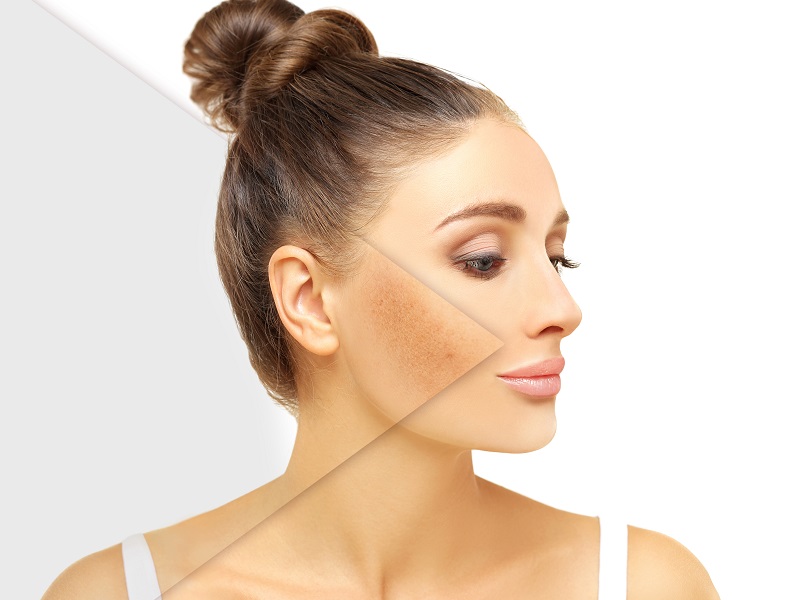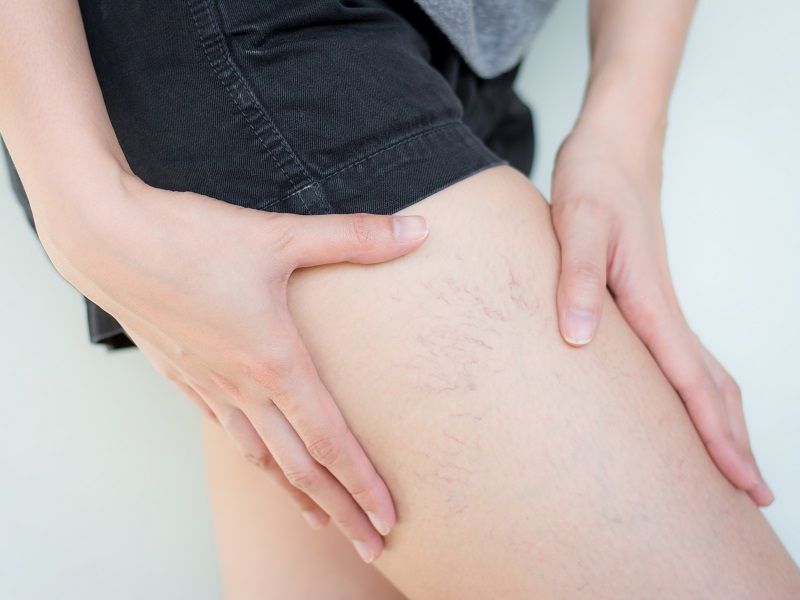Pigmentation & Vascular removal
Almost 50% of women are bothered by their uneven skin tone, this skin color variation occurs by either an overproduction of melanin in the skin or by visible blood vessels, patients demand the treatments for a single purpose… a clear skin.
While no single technology can fix all problems, all technologies tend to excel in treating one or two conditions & slightly improve the rest… you may need to prioritize the most potential conditions for your practice from the upcoming ones.
Selection of technology to clear pigmentation is based on 3 factors:
- Targeted pigment: melanin & oxyhaemoglobin.
- The pigment's location in skin layers.
- Diffusion of pigment particles.

Epidermal pigments are located superficially in skin, they present as dark localized spots or diffused areas of pigmentation (sometimes called field pigmentation). They occur by several reasons including aging, sun exposure & injuries.
While the degree of severity & color varies from case to case, epidermal pigments removal can be achieved by fragmenting the pigment particles by a photo-mechanical effect to facilitate its removal from the body. To achieve this fragmentation effect, a short pulse duration is needed to exert a photo-mechanical effect rather than a photo-thermal one. Recent technological advancements enabled using a pico-second duration which provides better results when compared to the nanosecond duration of Q-switched lasers.
Epidermal pigments clearance can also be achieved by fractional lasers through ablating pigment containing cells to allow the formation of new cells with natural pigment levels.

Dermal pigments are located deeper in skin, this depth requires higher efficacy to achieve satisfactory results. They present as dark localized spots or diffused areas of pigmentation (sometimes called field pigmentation). The pigments can occur for different reasons including genetic ones from onset of birth, or as a skin reaction to injury.
While the degree of severity & color varies from case to case, the main concept of pigments removal always depends on fragmenting the pigment particles by a photo-mechanical effect to facilitate its removal from the body.
To achieve this fragmentation effect, a short pulse duration is needed to exert a photo-mechanical effect rather than a photo-thermal one. Recent technological advancements enabled using a pico-second duration which provides better results when compared to the nanosecond duration of Q-switched lasers. The presence of dermal pigmentation in deeper locations also requires a technology with a sufficient depth of penetration like Nd:YAG lasers to reach these locations.

Tattoo regret is a very common pigment removal condition, patients draw different tattoos on their skin & change their minds & decide to remove it later. A recent increase in tattoo removal demand is noticed in the Middle East due to the prevalence of cosmetic tattoos especially eye brows ones, these types have been trending for a while and many customers were dissatisfied by the outcomes due to unmatched expectations or lack of experience by tattoo artists in some cases.
Unlike pigmentation removal, tattoo removal can only be achieved by a strong mechanical fragmentation of tattoo ink particles using short-pulsed lasers.

Vascular lesions present with different types & sizes, from small telangiectasia, spider veins, broken veins to large Port Wine Stains. Some vascular lesions are present from birth, while others develop with aging or as a result of sun exposure among different reasons.
To reduce the vascular visibility, the size of vascular lesion has to be matched with the speed of energy delivery (pulse duration), the clearance of smaller vessels require using lower pulse duration. Having a wide range of pulse duration allows the practitioners to alter their technique according to the severity of each case, starting from just coagulating the blood inside vessels in mild cases, to a complete rupture of vessels in severe cases.
Color, depth & diffusion of the hemoglobin also affects selecting the suitable technology, blue veins are better removed with Nd:YAG while red colored lesions respond better to Pulsed Dye Lasers (PDL).
Here are some related treatments you might be interested in
-
Contact
- Contact us
- Careers
- Offices










